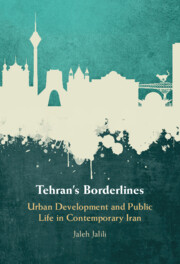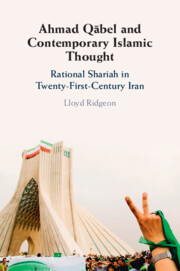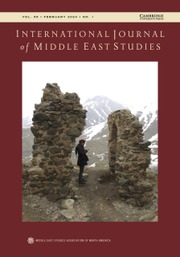Tehran's Borderlines
Tehran has changed in recent decades. Rapid urban development through the expansion of subway lines, highways, bridges, and tunnels, and the emergence of new public spaces have drastically reshaped the physical spaces of Tehran. As the city changes, so do its citizens, their social relations, and their individual and collective perceptions of urban life, class, and culture. Tehran's Borderlines is about the social relations that are interrupted, facilitated, forged, and transformed through processes of urban development. Focusing on the use of public spaces, this book provides an analysis of urban social relations in the context of broader economic, cultural, and political forces. The book offers a narrative of how public spaces function as manifestations of complex relations among citizens of different backgrounds, between citizens and the state, and between forces that shape the physical realities of spaces and the conceptual meanings that citizens create and assign to them.
- Offers a first-hand account of daily life in Tehran and a granular analysis of how people live and experience urban life in Iran
- Uses an interdisciplinary approach and examines social and spatial as interrelated by using insights from sociology, architecture and urban studies
- Documents experiences and perceptions of Tehran in a specific time period and shows how social relations have changed and evolved over time
Product details
February 2025Hardback
9781009389051
184 pages
235 × 158 × 16 mm
0.42kg
Available
Table of Contents
- 1. Introduction: public space and urban life
- 2. The city: 'the making of a metropolis'
- 3. The market: inequality and spatial patterns of consumption
- 4. The street: non-economic inequalities and navigating space
- 5. The vista: spatial boundaries, self, and others
- 6. The highway: 'a city of my own'
- 7. Conclusion: up in the mountains, back to the city
- Appendices
- Bibliography
- Index.





